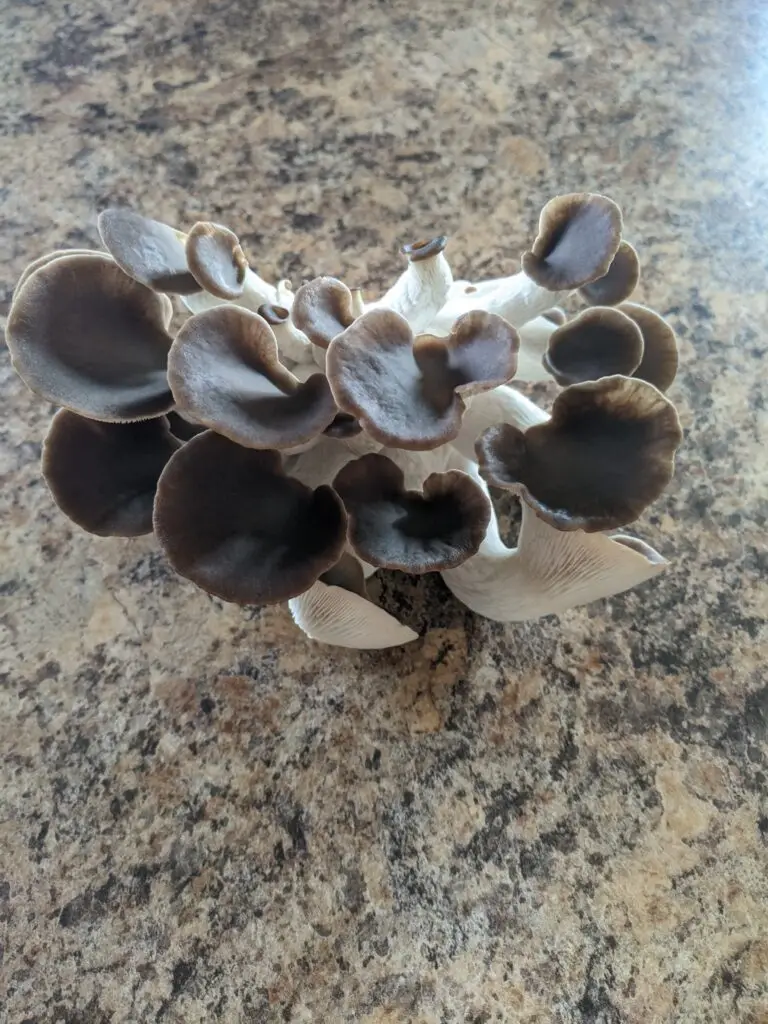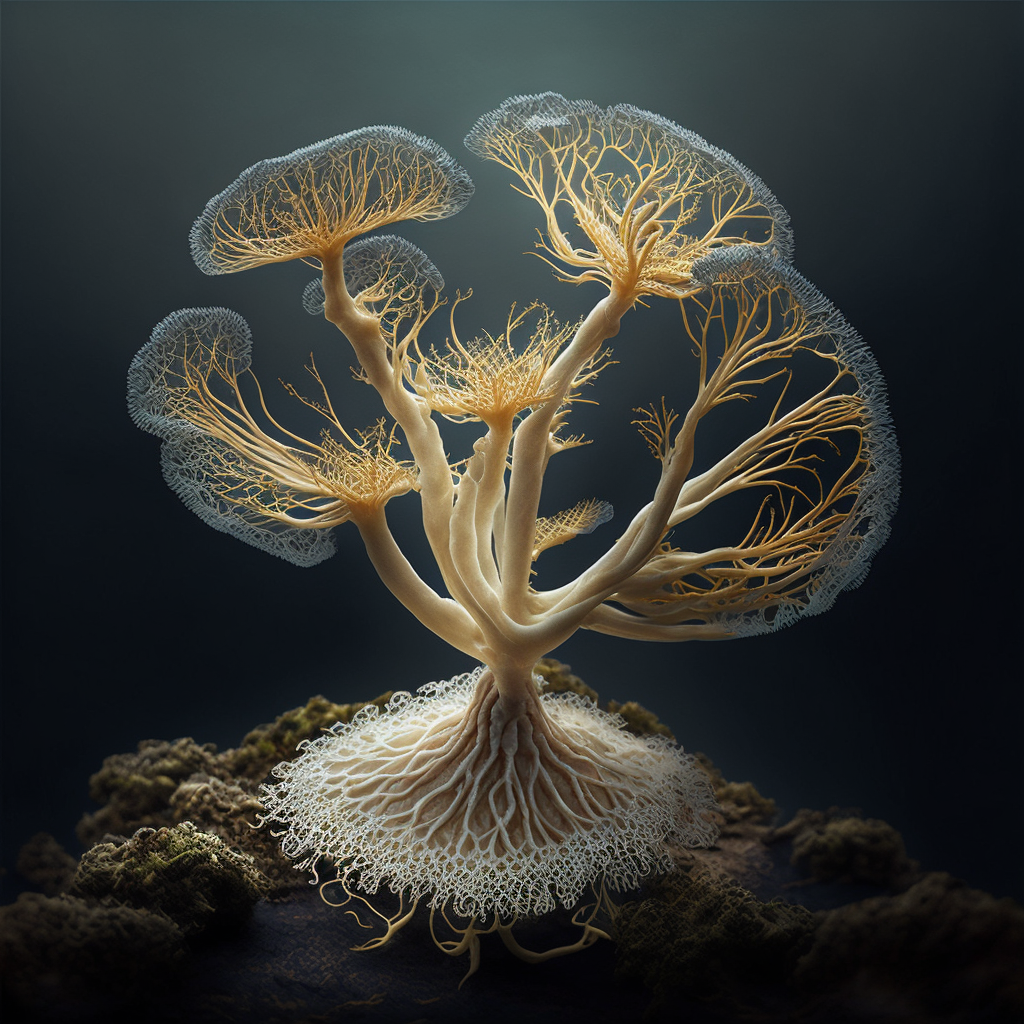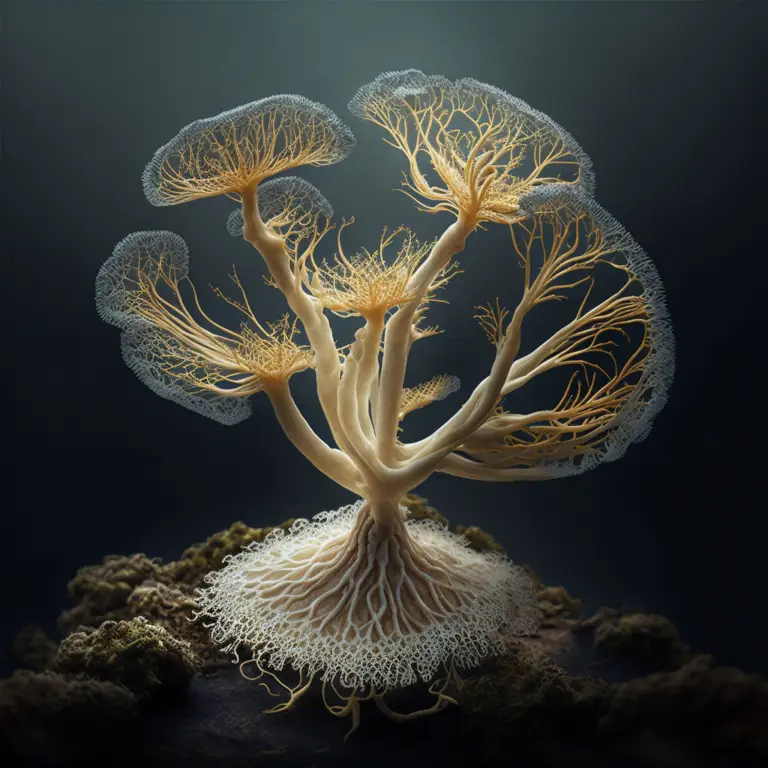
Phoenix Oyster Mushroom: A Complete Guide to the 10cc Liquid Culture Syringe
If you’re passionate about gourmet mushrooms or just starting your


When most people think of mushrooms, they imagine small fungi sprouting from the ground or growing on trees. However, the largest mushroom in the world is not a single towering fungus but a vast underground mycelium network stretching across miles of forest.
Deep within Malheur National Forest in Oregon, the Armillaria ostoyae, also known as the “Humongous Fungus,” has grown to become the largest living organism on Earth by area. This vast fungal network spans 3.8 miles (10 square kilometers), making it larger than any known animal or plant.
In this blog, we’ll explore the fascinating world of the largest mushroom in the world, how mycelium networks function, and why these underground fungal structures are crucial to ecosystems.
The largest mushroom in the world is not a single mushroom but an interconnected mycelial network of Armillaria ostoyae. This species of honey fungus is found worldwide, but the specimen in Oregon holds the record for being the biggest living organism by area.
Discovered in 1998 by researchers mapping fungal growth, this colossal fungus has been estimated to be at least 2,400 years old, making it one of the oldest living organisms on Earth.
Scientists from the U.S. Forest Service discovered that the Armillaria mycelium is spreading through the forest by consuming trees from the inside out. (Source)
Mycelium is the vegetative part of a fungus, consisting of vast networks of tiny thread-like structures called hyphae. These networks spread underground, absorbing nutrients and breaking down organic matter.
The mycelial network allows fungi to:
Much like the internet, the mycelial network connects different organisms, creating a hidden communication system beneath our feet.
The Humongous Fungus expands by extending rhizomorphs, root-like structures that search for new sources of food. When it reaches a tree, it infects the roots, consuming the wood from the inside out. Over time, it spreads outward, slowly covering a massive territory.
Armillaria is classified as a necrotrophic pathogen, meaning it kills the trees it infects, creating both challenges and benefits for the forest ecosystem.
Scientists have mapped the genetic structure of Armillaria and found that this massive fungal body is a single genetic organism. (Source)
The largest mycelium network is not just a record-breaking organism—it plays a vital role in the health of the forest. While Armillaria ostoyae can be destructive to trees, it also contributes to:
Mycelium networks are crucial for maintaining soil fertility, plant health, and biodiversity in forests worldwide.
Scientists have discovered that mycelial networks do more than just decompose organic matter—they help trees communicate and share resources.
This phenomenon, often referred to as the “Wood Wide Web,” allows trees to:
Studies have shown that trees connected by mycelium networks grow healthier and more resilient. (Source)
Scientists have used DNA sequencing to confirm that the Humongous Fungus in Oregon is one single organism. Researchers have taken samples from different parts of the forest and found identical genetic markers, proving that the fungus is one interconnected living being.
DNA testing revealed that some fungal networks can clone themselves and expand over thousands of years. (Source)
Climate change is affecting fungal ecosystems, including the largest mycelium network in the world. Scientists are studying how rising temperatures and changing precipitation patterns impact fungal growth and tree mortality.
If global temperatures continue to rise, the balance between fungi and forests may shift, leading to:
Research suggests that mycelial networks help forests absorb carbon and may play a role in fighting climate change. (Source)
Scientists and engineers are looking into ways to use fungal networks for biotechnology and sustainable materials. Some innovations include:
By studying the largest mushroom in the world, researchers hope to unlock new ways to apply mycelium technology to medicine, construction, and sustainable living.
Engineers have developed fungal-based materials that are stronger than plastic and fully biodegradable. (Source)
The Humongous Fungus in Oregon is not just a biological wonder—it is a key player in forest ecology, environmental science, and even sustainable technology. Its vast mycelium network connects trees, regulates ecosystems, and provides researchers with valuable insights into the future of fungi-based solutions.
As we continue to uncover the secrets of the largest mushroom in the world, we may find that mycelium holds the key to new scientific discoveries, environmental restoration, and a more sustainable future.
For more information about the largest mushroom in the world and mycelium research, check out these authoritative sources:
The next time you see a mushroom sprouting from the ground, remember that it may be part of something much larger and more complex beneath the soil. The largest mushroom in the world, a mycelial giant, is a testament to the power of nature’s hidden networks.
#LargestMushroom #MyceliumNetwork #HumongousFungus #FungalScience #WoodWideWeb #MushroomFacts

If you’re passionate about gourmet mushrooms or just starting your

Mushrooms have long been revered in traditional medicine, but modern

When most people think of mushrooms, they imagine small fungi

Mushrooms are more than just fascinating organisms that sprout from

Stay updated with our newsletter for exclusive offers, insights, and the latest in psilocybe cubensis research.

At The Spore Depot, we are dedicated to providing the highest quality psilocybe cubensis mushroom spores for research purposes. With an extensive selection of mushroom spores, our products meet the strictest quality standards, ensuring they are prepared under sterile conditions for optimal results. Whether you’re working with a spore syringe or creating a spore print for detailed analysis, we are committed to supporting your journey into the microscopic world.
Our exceptional contact customer service is here to assist you every step of the way, making sure your experience with psilocybe cubensis spores is both rewarding and insightful. At The Spore Depot, your satisfaction is our top priority as you explore the fascinating world of fungi.